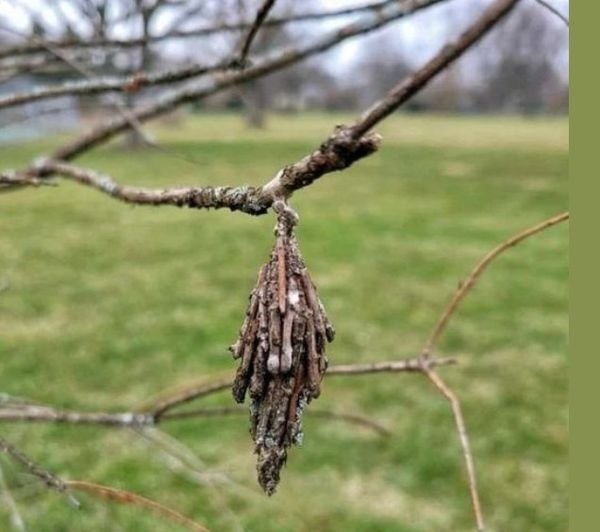Though they might appear harmless, Evergreen Bagworms can cause significant damage to trees. Their feeding habits make it harder for trees to photosynthesize, weakening them and making them more susceptible to other threats. If not managed, these pests can lead to the tree’s decline or even death.
To manage an infestation:
Manual Removal: For mild infestations, removing the bagworms by hand can work. Look for bags that resemble small cones on tree branches.
Pruning and Destruction: In case of extensive infestations, prune affected branches and dispose of them properly. Also, inspect nearby structures for bags and remove them.
Biological Control: Some birds and parasitic wasps are natural predators of bagworms. Encouraging biodiversity can help control the bagworm population.
Chemical Control: For severe infestations, insecticides designed for bagworms might be needed. However, they should be used cautiously considering their environmental impact.
Prevention is vital:
Regular Inspection: Regularly check trees, especially during spring and early summer.
Good Tree Maintenance: Ensure trees are well-taken care of by pruning dead branches and ensuring they are adequately watered and fertilized.
Remove Bagworm Bags: Destroy any bagworm bags found during inspections to prevent infestations.
Avoid Overcrowding: Ensure good spacing between trees to promote air circulation and reduce infestation risk.
Continue Reading in next page

